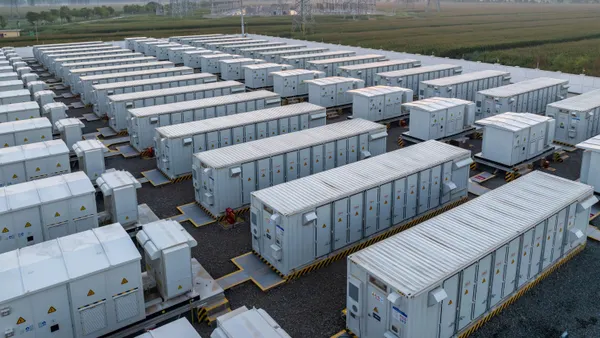Dive Brief:
-
The California Public Utilities Commission has instituted a program that directs about $55 million through 2020 for energy storage projects for “low income households and environmentally burdened communities” in the state.
-
The program allocates 25% of the funds from the state’s Self Generation Incentive Program (SGIP) that provides incentives to support existing, new and emerging distributed energy resources, predominantly energy storage projects.
- The program is the result of AB 1550, which the legislature passed last year. It aims to provide economic equity in the administration of California’s greenhouse gas emission reduction programs.
Dive Insight:
The recently revamped SGIP program closed its first funding round in May with $90 million allocated for energy storage projects.
The program has a total of $566 million in funds for clean energy programs, of which 79% are earmarked for energy storage. Under the PUC’s new program, enacted pursuant to AB 1550, 25% of the funds will be earmarked for low income communities, defined as those at or below 80% of the statewide median income or with median household incomes at or below the threshold designated as low income by the Department of Housing and Community Development.
The new program also applies to state and local government agencies, educational institutions, non-profits and small businesses that are located in disadvantaged communities.
“Our actions make the Self-Generation Incentive Program more equitable without increasing consumer costs,” Clifford Rechtschaffen, the PUC commissioner assigned to the proceeding, said in a statement announcing the program.












